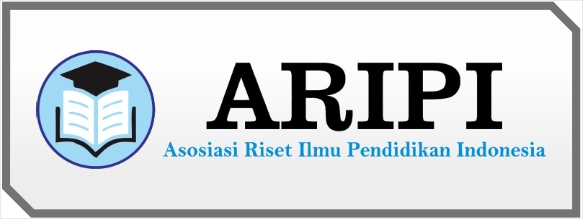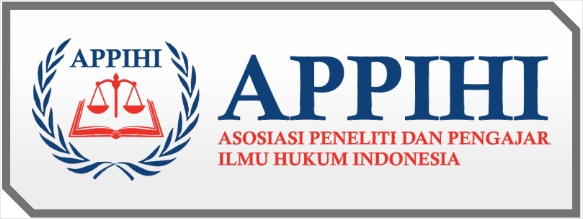Peningkatan Kualitas Hidup Lansia Melalui Penerapan Pola Hidup Sehat Di Tambun Nabolon, Kota Pematang Siantar
DOI:
https://doi.org/10.55606/sinov.v5i2.652Keywords:
Elderly, Quality Of Life, Healthy LifestyleAbstract
Elderly people are synonymous with various declines in health status, especially physical health status. These changes affect the quality of life of the elderly. The elderly become independent, productive and healthy if they are supported by a good quality of life. This will also make the elderly less likely to get sick, and speed up the healing process if the patient falls ill. This activity aims to provide information to the public about the importance of maintaining reproductive health in improving the quality of life. This educational process uses the lecture method with the help of powerpoint and leaflets. The results obtained from this activity are that participants in this service activity become more knowledgeable and know more about how to improve the quality of life, especially for the elderly. The assessment is based on the participants' responses and enthusiasm in receiving the material provided.
Downloads
References
Kementerian Kesehatan. (2016). PHBS. http://promkes.kemkes.go.id/phbs. Levy ,M.R. (1984).Lyfe and health.New York:Random House
Notoadmodjo, S. 2007. Ilmu Kesehatan Masyarakat . Jakarta: PT Rineka Cipta Rineka Cipta
Tabi’in, A. (2020). Perilaku Hidup Bersih dan Sehat (PHBS) pada Anak Usia Dini sebagai Upaya Pencegahan Covid 19. JEA (Jurnal Edukasi AUD), 6(1), 58–73. Zukmadini, A. Y., Karyadi, B., dan Kasrina, K. (2020). Edukasi Perilaku Hidup Bersih dan Sehat (PHBS) dalam Pencegahan Covid-19 kepada Anak-anak di Panti Asuhan. Jurnal Pengabdian Magister Pendidikan IPA, 3(1), 68–76.
Downloads
Published
How to Cite
Issue
Section
License
Copyright (c) 2023 Media Informasi Penelitian Kabupaten Semarang

This work is licensed under a Creative Commons Attribution-NoDerivatives 4.0 International License.



















